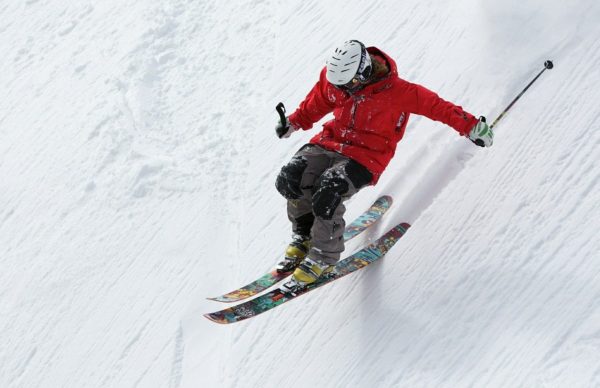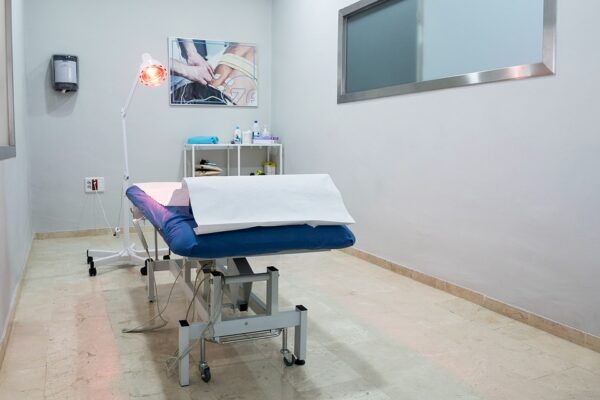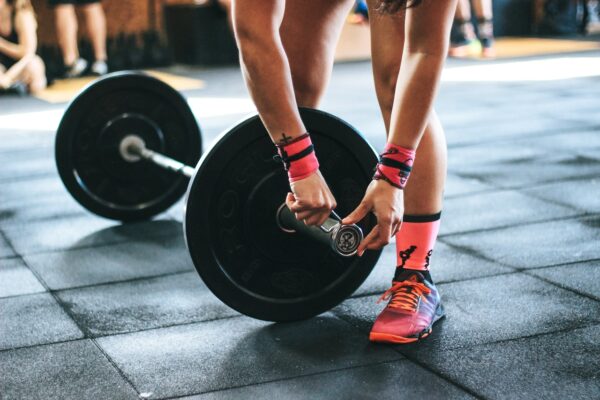How To Avoid Skiing Injuries
Winter marks the time of year for many to take their skiing clothes and equipment out of storage and get packing for a ski holiday. Alpine skiing not only provides great fun set in some of the world's most beautiful backdrops, but it is also a great way to stay fit during the winter months as well as offering an opportunity for a much-needed winter break.
Although skiing and snowboarding are generally considered to be safe sports, occasionally injuries do occur, many of these could be avoided by adequate preparation.
Advancements in boots and bindings and slope grooming technologies (ski hill maintenance techniques used to pack snow and improve skiing and snowboarding conditions) have led to an overall decrease in skiing related injuries in recent years. Most ski-related injuries occur when the person skiing loses control either by travelling on a slope inappropriate for their ability level or by skiing too fast for the prevailing conditions.

Common Ski Related Injuries
Knee Related Injuries
Many ski injuries are knee-related, affecting the cartilage and soft tissue structures. Skiing involves a lot of twisting and turning, it is this which causes most knee injuries. Ski turns can place a force of over two and a half times your body weight on the knees. This force is even more powerful when landing from a jump, causing knee injuries, particularly when the bindings are too tight and fail to release when twisting on landing – such injuries may include:
MCL (Medial Collateral Ligament Injuries)
The medial collateral ligament connects the end of the knee bones together. Their purpose is to prevent the knee from bending fully inwards whilst maintaining proper functionality, any tears or damage to these ligaments is extremely painful and can result in significant swelling and bruising.
ACL (Anterior Cruciate Ligament)
The ACL is located in the centre of the knee, its function is to control how far the tibia can move in relation to the femur. ACL injuries often occur when skiers come to a sudden stop.
Knee Fractures
Sometimes high impact falls will cause fractures to the knee.
Shoulder Injuries
During a collision with another skier or into a solid object such as a tree, the impact may cause the shoulder to dislocate.
Wrist Injuries
The wrist and hands are particularly vulnerable when falling with an outstretched arm at high speeds. Tendonitis is a common wrist injury, as there are many tendons on all sides of the wrist — fractures may also occur.
Thumb Injuries
This injury can occur when the skier keeps hold of the pole during a fall, causing tears and damage to the thumb ligaments, or falling with an outstretched thumb.
How To Minimise The Risk Of Injuries
Be Physically Prepared
Skiing is an unstable sport which involves highly coordinated movement utilising the hip joint and knees. Being physically fit and training the core is essential in helping to maintain balance and form, as the body must retain a flexed position whilst plummeting down the slopes at high speeds. Skiing is an intense workout, making cardiovascular training an important aspect of pre-ski preparation. This helps to improve fitness levels, burn calories as well as triggering the release of the sought-after endorphins. For those not in such good shape, more gentle ski runs should be selected initially whilst gradually building up to taking on the more challenging runs.
Warm Up
Cold muscles are stiffer and more prone to injuries – before setting out, a brisk walk or a couple of slow runs can help to warm-up muscles.
Ski Lessons
This is especially important for new skiers, learning how to fall correctly can significantly reduce the chance of injuries — the occasional top-up lesson is also useful for experienced skiers.
Correct Equipment
Ensure you have the right equipment, rented or bought boots and bindings should all be appropriately certified. Bindings and equipment should also be adjusted to individual height, weight and skiing ability.
Observe Rules of Conduct
The International Ski Federation ISF has developed a 'highway code' for skiers and snowboarders to help everybody to stay safe on the slopes. The rules include the following:
1. Respect for others
A skier or snowboarder must behave in such a way that he or she does not endanger or prejudice others.
2. Control of speed when skiing or snowboarding
Every skier or snowboarder must move in control. They must adapt the speed and manner of skiing or snowboarding to their personal ability and to the prevailing conditions of terrain, snow and weather as well as to the density of traffic.
3. Choice of route
A skier or snowboarder coming from behind must choose their route in such a way not to endanger skiers or snowboarders ahead.
4. Overtaking
A skier or snowboarder may overtake another skier or snowboarder above or below and to the right or to the left provided that they leave enough space for the overtaken skier or snowboarder to make any voluntary or involuntary movement.
5. Entering, starting and moving upwards
A skier or snowboarder entering a marked run, starting again after stopping or moving upwards on the slopes must look up and down the slopes so that they do so without endangering themselves or others.
6. Stopping on the slope
Unless absolutely necessary, a skier or snowboarder must avoid stopping on the piste in narrow places or where visibility is restricted. After a fall in such a place, a skier or snowboarder must move and clear the slope as soon as possible.
7. Climbing and descending on foot
A skier or snowboarder either climbing or descending on foot must keep to the side of the slope.
8. Respect for sign and markings
Skiers and snowboarders must respect all signs and markings.
9. Assistance
At accidents, every skier or snowboarder is duty bound to assist.
10. Identification
Every skier or snowboarder and witness, whether a responsible party or not, must exchange names and addresses following an accident.
The Skiers Edge
This state-of-the-art piece of training equipment provides the perfect way to get in shape for skiing. The innovative machine provides a low impact cardio workout with a complete lateral conditioning system which can completely replicate the exact same movements engaged during alpine skiing. The Skier’s Edge can help to improve overall fitness levels and skiing techniques, such as successfully mastering tight turns and steep bumps as well as tackling deep snow powder. It also helps to train the specific muscle groups engaged during skiing such as the gluteus muscles, hip adductors, external and internal hip rotators, all of which control the alignment of the pelvis, knees and lower legs, and can be used to improve skiing performance. The machine also helps to improve flexibility, as muscles are more likely to become stiff and cramp up at lower temperatures, it is important to develop and maintain a good level of flexibility before any type of skiing adventure.
How We Can Help
ProPhysiotherapy specialises in the management of sports injuries, disabilities and pain, as well as offering a number of fitness classes to help our clients get into shape and maintain top form.
We also offer ski assessments and can help our clients prepare for forthcoming ski trips with our specific ski training tool, the Skier’s Edge – the machine is used for assessing vital lateral control in addition to forward/backward control, enabling the physiotherapist to assess all aspects of the client's fitness level.


